Beta SP video tape conversion service
Beta SP. Video tape conversion service.
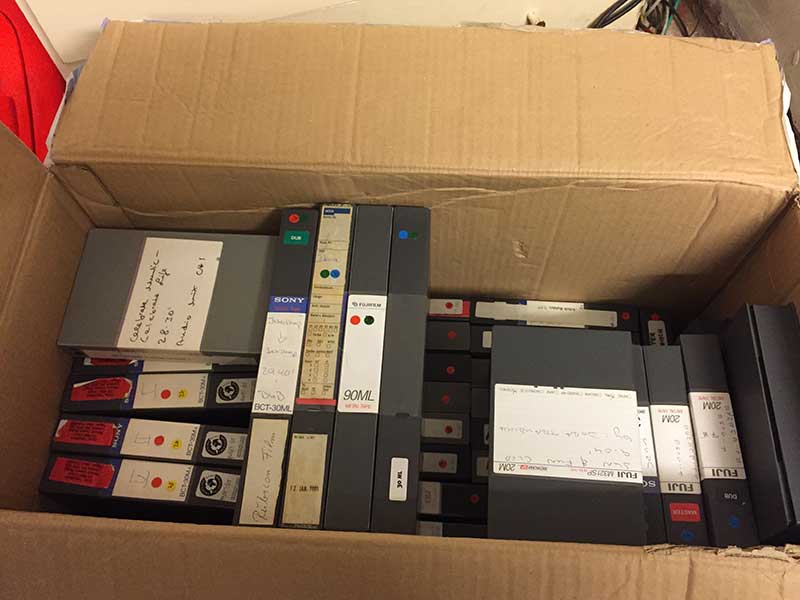
We are at present converting a large batch of Sony Beta-SP video tapes to digital video file format.
Beta SP video tape conversion is carried out via SDI digital transfer for the highest possible Beta SP to digital conversion quality.
All our Beta SP conversions are carried out using Black Magic design video hardware. This gives a broadcast quality transfer.
audio tape to CD conversion service
Audio tape to CD conversion service.
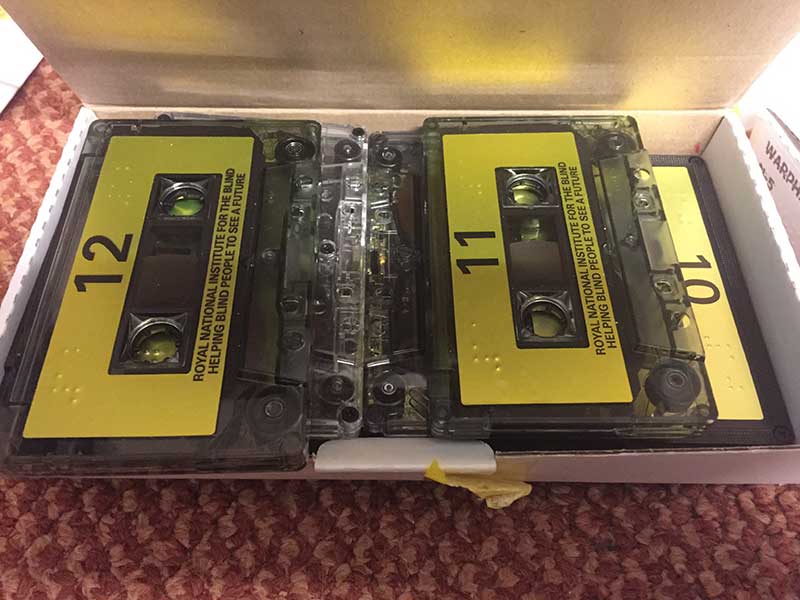
At present we are converting a large amount of Audio cassette tapes to CD and MP3 for memory stick storage. These tapes were produced for the Royal National Institute for the Blind.
Our customer wanted the audio tape to CD and digital MP3 files. These files will be transferred onto a flash drive. This allows our customer to review all his tapes through one input devise. Being blind this will be of great help to him. Instead of going through over 20 audio cassette tapes. All his audio cassette tapes will be in one place.
Audio tape to CD.Capture method.
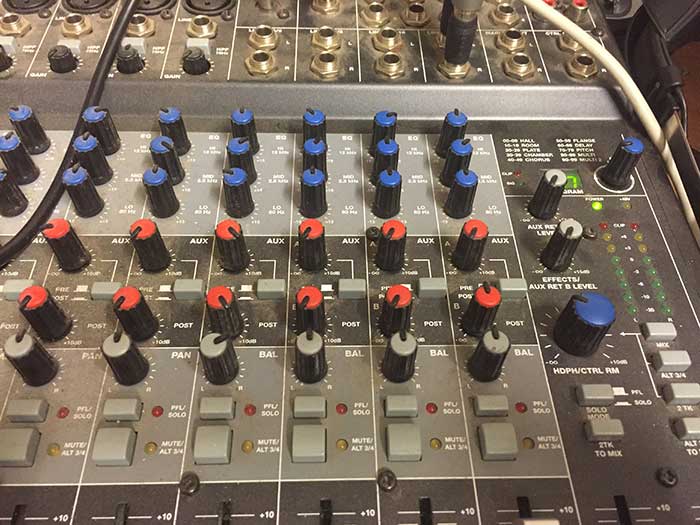
Picture above shows our digital mixing desk with firewire interface to our Mac.
The RCA audio signal is feed into the desk from the cassette deck. The signal is then digitised and sent to the apple computer via firewire.
Audio tape to CD software.
We find Garage Band audio software is an excellent software package for converting audio tape to CD or digital audio files. For more advanced audio options we use Logic Pro X.
Audio tape formats we deal with.
As well as providing an audio tape to CD service we can also convert reel to reel tape to CD and digital audio files such as Mp3 or WAV.
For more Information about audio cassette tapes and there history please follow the link provided below.
https://en.wikipedia.org/wiki/Compact_Cassettehttps://en.wikipedia.org/wiki/Compact_Cassette
HDV tape transfer to computer digital video
HDV tape transfer to computer.
Video Image Productions provide an HDV tape transfer to computer video files.
About HDV video tape.

HDV is a format for recording of high-definition video on Mini DV cassette tape. The video was recorded in MPEG 2 format. It used the same Mini DV video tape format that was used for Standard definition video recording. The format was originally developed by JVC and supported by Sony, Canon, and Sharp. The four companies formed the HDV consortium in September 2003.
Conceived as an affordable high definition format for digital camcorders, HDV quickly caught on with many amateur and professional videographers due to its low cost, portability, and image quality acceptable for many professional productions.
The data rate for both the audio and video is constant and is roughly the same as DV data rate. The relatively low video data rate can cause bit rate starvation in scenes that have lots of fine detail. Rapid movement or other complex activity like flashing lights. It may result in visible artifacts. These Include blockiness and blurring. In contrast to the video, HDV audio bitrate is relatively generous. At the coded bitrate of 384 kbit/s, MPEG-1 Layer 2 audio is regarded as perceptually lossless.
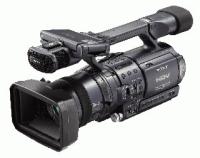
Personal view.
I bought into HDV very early on. I still own a Sony Z1 which has been my work horse for many years. One important thing to remember with any HDV tape transfer to computer is to keep the tape heads clean.
Our transfer process.
Our HDV tape to computer service is a totally digital process.
Connections. Even though HDV is a tape based format it is still digital. Our HDV decks have firewire and HDMI output connections. These are then connected to our Apple and PC work stations. With this type of connection there is no quality loss in the transfer. The hardware used is Black Magic Design professional broadcast products.
Link to Sony HDV tape.
8mm cine film cartridge
8mm cine film cartridge.
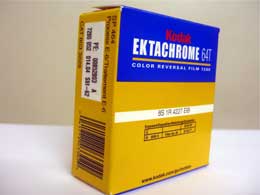
8mm Cine film Cartridge.
The original 8mm cine film cartridge was metal.This time however, the 8mm cine film cartridges would be made of injection-moulded plastic.
Cartridge loading eliminated the threading of the film. No flipping of the film load was required. The entire 50-foot cartridge could be shot without interruption. Rather than manufacture both a “Daylight” and a “Type-A” (Tungsten) form of the new film. Each Super 8 Camera would have a built-in filter. Making it possible to make only the “Type A”” product, which could be used in either kind of light. The perforations (sprocket holes) were reduced in size. Allowing for a wider image area that was about 50% larger than standard 8mm film. Maximizing the film width was a concept that originated in France by Pathe, with their 9.5mm camera system. The perforations were also moved to a point adjacent to the centre of the film frame. Making steady registration simpler. 16mm and standard 8mm formats had placed the perforation at the corners of the frame to reduce fogging of the image at the head and tail of the roll caused during loading of the film. Since Super 8 was a cartridge-loaded product, this was no longer an issue. Virtually all Super 8 Cameras would have built-in light meters, a feature dating back to the early 1950’s in 16mm and 1960 in 8mm cameras.
The cartridge itself provided information to the camera about the speed (ASA) of the film inside and filter information in the case of black-and-white products. Precision notches were set at specific points on the edge of the cartridge, activating mechanical or electronic switches in most Super 8 Cameras. Most Super 8 Cameras were built with battery-powered motors, eliminating the need to wind a spring-driven transport.
In April of 1965. This revolutionary new format was introduced, and while the marketplace has changed in the past thirty years. New generations of filmmakers with film projects and applications which were non-existent in the 1960’s have come to embrace the small film. Many of today’s great cinematographers and directors began their careers decades ago. At the counter of their local photo shop. Buying a cartridge of Super 8 film. [source: kodak.com
super 8 wedding videos
Super 8 wedding videos.
Video Image Productions have for a number of years provided a super 8 wedding videos service.

All our super 8 videos are shot using the Canon 814 XL super 8 camera. Also the Nizo movie camera. These cameras offer very good low ability due to have very fast lens.
Super 8 wedding videos.
The runtime of super 8 cine film is only 4 minutes. Each 50ft reel has to be changed before shooting can commence.
HD Video.
Normally our clients ask for their super 8 films to also be shot on HD video. This as mentioned before is due to the short runtime of cine film.
For more Information please contact us on 01323 873513.